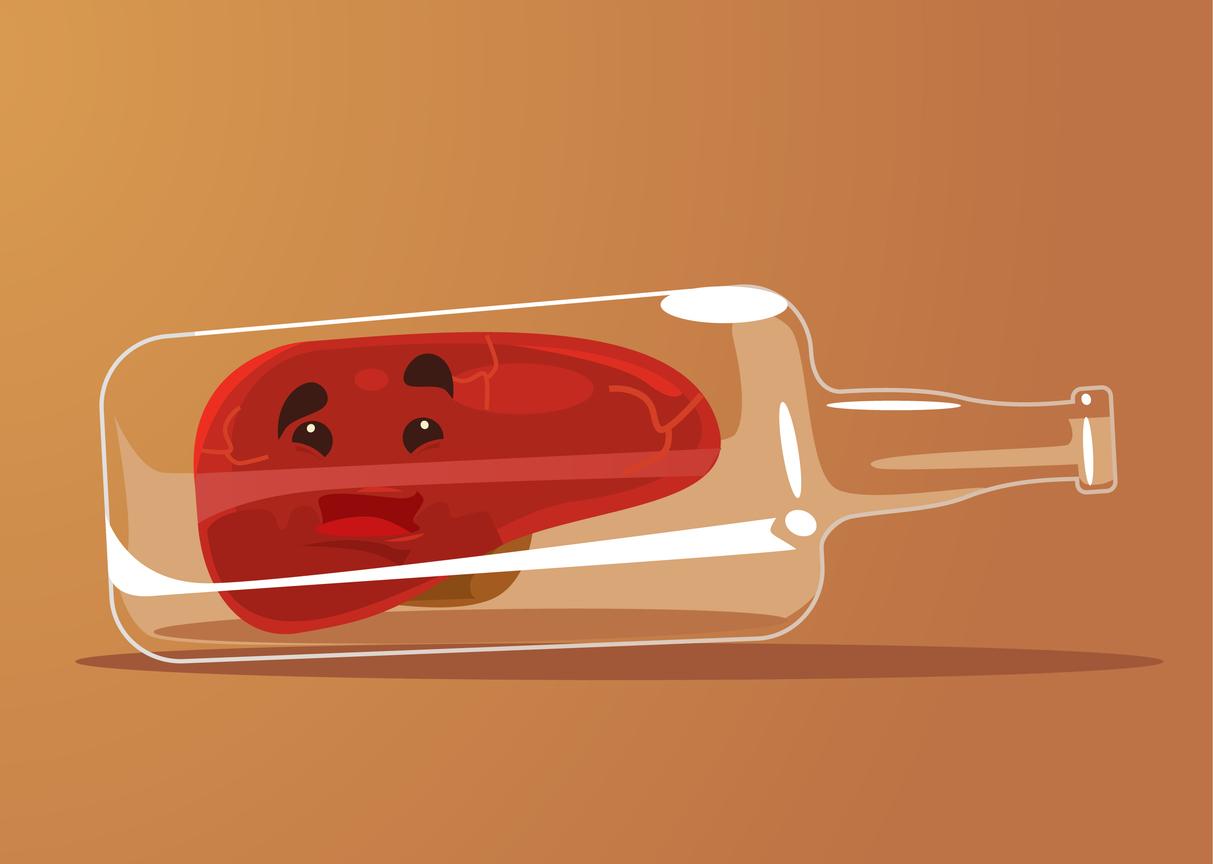According to a new study, there are six patterns of alcohol consumption in Europe. Which group does France fall into?

- Researchers have identified six alcohol consumption groups in Europe.
- There has been little change in alcohol consumption habits over the past 20 years.
- “Given that alcohol consumption patterns are strongly associated with disease burden and mortality, we need to find ways to change the patterns that characterize groups where the alcohol-attributable burden is highest,” says the co-author.
In Europe, the annual alcohol consumption per person over 15 years old is 9.5 liters of alcohol. However, this is an average. And, there are significant disparities between countries, as revealed by a study published in the journal Addiction June 24, 2024.
Researchers who studied the drinking habits of Europeans managed to identify six of them.
Alcohol: 6 consumption methods identified in Europe
The clusters highlighted in this research have changed little between 2000 and 2019. Indeed, over the last two decades, two-thirds of countries have remained in their group and “faithful” to their favorite drink. Moreover, data analysis shows that these blocks seem partly determined by geography. In detail, the team distinguished:
- Wine drinking countries : unsurprisingly, this bloc includes France, Italy, Portugal and Greece… more surprisingly, Sweden is also there. This group is characterized by a higher consumption of wine, and a lower consumption of beer or spirits. In addition, overall alcohol consumption is the lowest there.
- Countries that consume a lot of beer and little spirits : This group includes Austria, Belgium, Denmark, Germany, the Netherlands, Norway, Slovenia and Spain. Their beer consumption is high while that of spirits is relatively low. These populations also tend to drink a lot and more when they are abroad.
- Countries with high and excessive beer consumption : Croatia, Czech Republic, Hungary, Poland, Romania and Slovakia. These nations drink more overall than others. Their preferred drink is beer, but a high prevalence of episodic heavy drinking is also observed.
- Countries that drink a lot of spirits : There are Estonia, Latvia and Lithuania. They differ from other countries in that they consume a lot of spirits, but also beer. Which translates into a high overall alcohol consumption. On the other hand, the inhabitants drink little wine, and rarely excessively.
- Countries where there is a lot of spirits consumption, but where there are many non-drinkers : Ukraine, Bulgaria and Cyprus. This group is characterized by the lowest prevalence of drinkers (and the highest prevalence of lifelong abstainers). On the other hand, people who drink have a high and regular consumption of spirits.
- Countries with a high number of drinkers and binge drinkers: Drinkers are very numerous in Finland, Iceland, Ireland, Luxembourg and Malta. The prevalence is particularly high and, moreover, their alcohol consumption is excessive according to the researchers.
In addition to clusters, scientists were able to confirm the association between drinking and alcohol-related deaths or health damage. Indeed, countries with high consumption of spirits and/or a high prevalence of excessive alcohol consumption – such as Estonia, Latvia, Lithuania, Ukraine, Bulgaria and Cyprus – recorded the highest rates of deaths and health damage attributable to drinking.
???? New study reveals fascinating insights into the drinking habits of European countries! From typical beverages to social contexts, learn about the diverse drinking styles across the continent. Check out the findings on @medical_xpress #EuropeanDri… read:https://t.co/hu2i8Ifnzi
— The Informer (@TheInformerEng) June 25, 2024

Alcohol: better understanding habits to change them
For the researchers, their work could help public services and health institutions to put in place policies and measures to combat the harmful effects of alcohol, adapted to the habits of each country.
“The distinct alcohol consumption patterns in Europe appear to be deeply embedded in culture and are therefore difficult to change. Given that alcohol consumption patterns are strongly associated with disease burden and mortality, we need to find ways to change the patterns that characterise groups where the alcohol-related burden is highest. Alcohol policies for this change are available and should be considered by all European countries, as the overall level of alcohol consumption is still high in this region.”comments co-author Dr. Jürgen Rehm in a communicated.
















